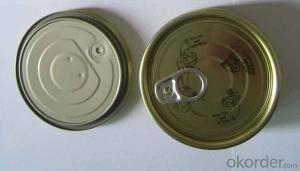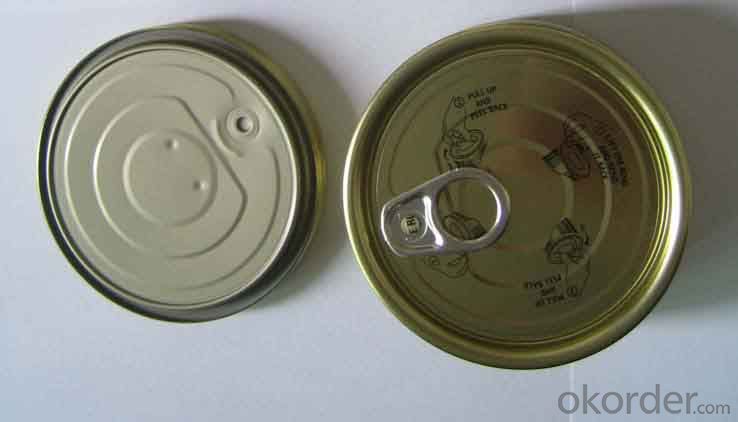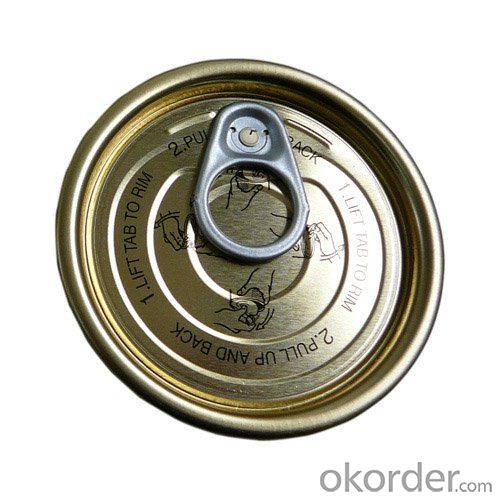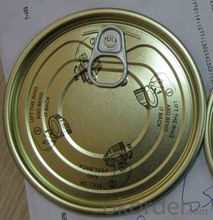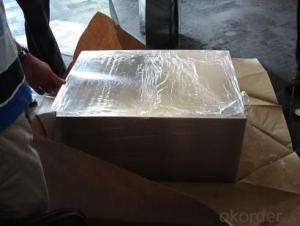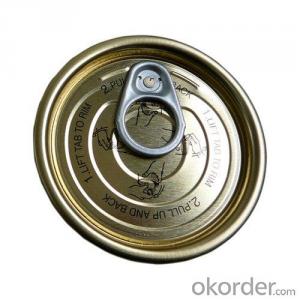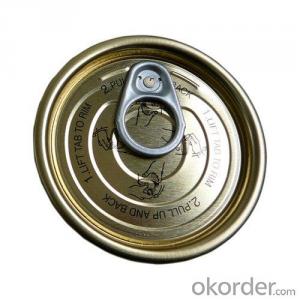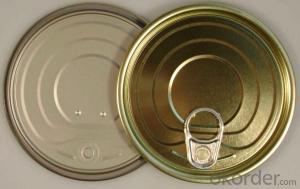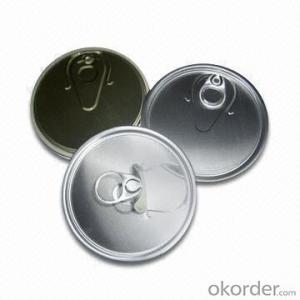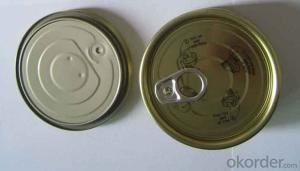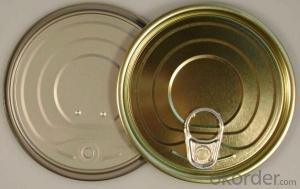Easy Open End 300#, tinpalte material,Round Full Open 73mm
- Loading Port:
- Guangzhou
- Payment Terms:
- TT OR LC
- Min Order Qty:
- 1680000 pc
- Supply Capability:
- 10000000 pc/month
OKorder Service Pledge
OKorder Financial Service
You Might Also Like
Specification
Brief Details
Metal Type: Tinplate
Use: Canned Food
Model Number: 300#
Name: Tin can easy open ends
Item No.: 300#
Size(mm): 72.9mm
Inner coating: White porcelain
Shape: Round
Usage: For canned foods
Feature: Full open
Type: Can lid
Specifications
Name | 73mm easy open end |
Item No. | 300# |
Shape/type | Round |
Size(mm) | Dia72.9 |
Coating | White porcelain |
Material | Tinplate |
Pcs/20 GP’ | 1,680,000 Customize packing: as clients’ requests. |
Features | 1.Used for packaging of tomato paste,jam,salad…etc. 2.Have illustration printing on the lid 3.Coating can be according to the customer required. |
Our Workshop
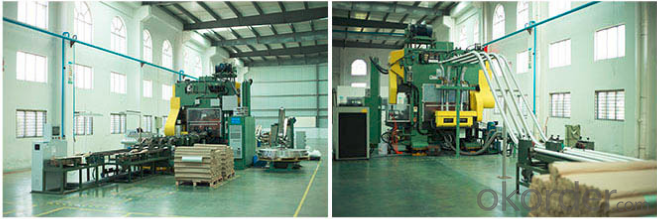
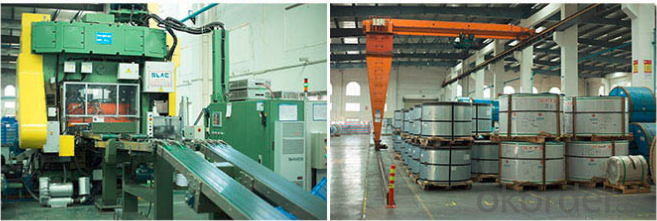
Our packing
We could offer package as customers require, by carton or by wooden pallet.
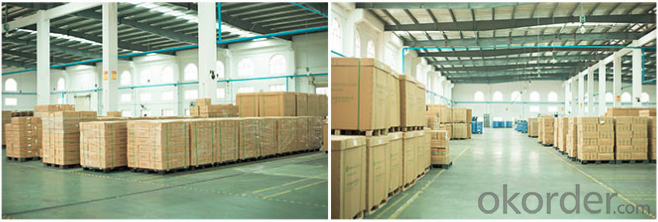
FAQ
1.Q: What is the material of EOE?
We can offer both tinplate and aluminum material made EOE upon customer request;
2. Q: What’s the usage of EOE?
It mainly be used in food area, such as milk powder, dry food, drink etc.
2.Q:Whether sample is available for testing?
Surely we could offer about 200~300 pcs for testing;
3. Q: Please give more details about your company
Our company, CNBM International Corporation, is one large state owned company also Fortune Global 500 company in the world. For more details please search our company website.
4.What’s the loading port?
Main Port in China
- Q: What are the benefits of using tinplate for pharmaceuticals?
- There are several benefits of using tinplate for pharmaceuticals. Firstly, tinplate is highly resistant to corrosion, ensuring the integrity and safety of the pharmaceutical products. Secondly, tinplate provides a reliable barrier against moisture, oxygen, and light, thereby preserving the quality and extending the shelf life of the medications. Additionally, tinplate is a sustainable packaging material that is easily recyclable, reducing the environmental impact of pharmaceutical packaging. Lastly, tinplate is lightweight and durable, making it convenient for transportation and storage of pharmaceutical products.
- Q: Can tinplate be welded or soldered?
- Yes, tinplate can be welded or soldered.
- Q: What are the main factors affecting tinplate coil cutting and slitting?
- The main factors affecting tinplate coil cutting and slitting include the thickness and hardness of the tinplate, the quality and sharpness of the cutting tools, the tension and speed of the slitting process, and the expertise and experience of the operators. Other factors may include the cleanliness of the tinplate, the condition and alignment of the slitting machine, and any variations in the tinplate's surface quality.
- Q: How does tinplate perform in terms of stackability?
- Tinplate performs exceptionally well in terms of stackability. Its rigid and sturdy structure allows for easy stacking of tinplate containers or sheets without the risk of collapsing or damaging the items below. This makes tinplate a preferred choice for packaging and storing various goods, ensuring efficient utilization of storage space and enhanced transportability.
- Q: What are the different types of tinplate edge finishes?
- There are primarily three types of tinplate edge finishes: open top, tight top, and double tight top.
- Q: How does tinplate contribute to the protection of musical instruments?
- Tinplate, with its durable and corrosion-resistant properties, plays a crucial role in protecting musical instruments. By utilizing tin-coated steel, commonly known as tinplate, musical instrument manufacturers can create sturdy and long-lasting instrument cases. These tinplate cases provide a reliable shield against external factors such as impact, moisture, and temperature fluctuations, ensuring the safety and preservation of the delicate musical instruments inside. Additionally, tinplate's resistance to oxidation and rust prevents the formation of harmful contaminants that could potentially damage the instruments. Therefore, tinplate contributes significantly to safeguarding musical instruments, extending their lifespan, and maintaining their optimal condition.
- Q: Tin can weldingHow can the side of the column of the pop top be welded or pressed?,
- The cans are divided into two cans and three cans of two. Two piece cans by punching a stamping molding, the iron material, equipment and technology requirements are high, so at present only a few large companies have the production capacity of three cans. Relatively the requirements will be relatively low,
- Q: Raw material for zinc clad sheet? Can zinc clad plate replace tinplate?
- What is the meaning of zinc coated plate, is galvanized plate, galvanized sheet and tinplate is completely different, different materials, galvanized plate is carbon steel, tinplate is high-quality steel and tinplate is tin, zinc galvanized plate.
- Q: What are the common quality standards for tinplate?
- The common quality standards for tinplate include factors such as the thickness and uniformity of the tin coating, the absence of defects such as rust, scratches, or dents, the overall strength and durability of the tinplate, and compliance with regulatory standards for food safety.
- Q: What are the different ways tinplate packaging can be decorated?
- Tinplate packaging can be decorated in various ways including lithography printing, embossing, debossing, spot UV coating, and hot stamping. These methods allow for intricate designs, vibrant colors, and special effects to enhance the visual appeal of the packaging.
Send your message to us
Easy Open End 300#, tinpalte material,Round Full Open 73mm
- Loading Port:
- Guangzhou
- Payment Terms:
- TT OR LC
- Min Order Qty:
- 1680000 pc
- Supply Capability:
- 10000000 pc/month
OKorder Service Pledge
OKorder Financial Service
Similar products
Hot products
Hot Searches
Related keywords
